Open Mic is the series on BLISTER where we invite various people in the outdoor industry to say what they have to say, and share whatever it is they feel like sharing at this particular point in time.
Recently, Blister reviewer, Kara Williard, went on a ski trip to Antarctica. I had to think that a trip like that would leave a mark, and I asked her if she’d be willing to share some of her thoughts and takeaways from the experience with all of us. And while I am still upset that she didn’t bring me back a Therapy Penguin (see our “Mountain Towns and Local Food Systems, Pt. 1” conversation I had with Kara on our Blister Podcast), I am happy that she agreed to recap her journey in our latest Open Mic. — Jonathan Ellsworth
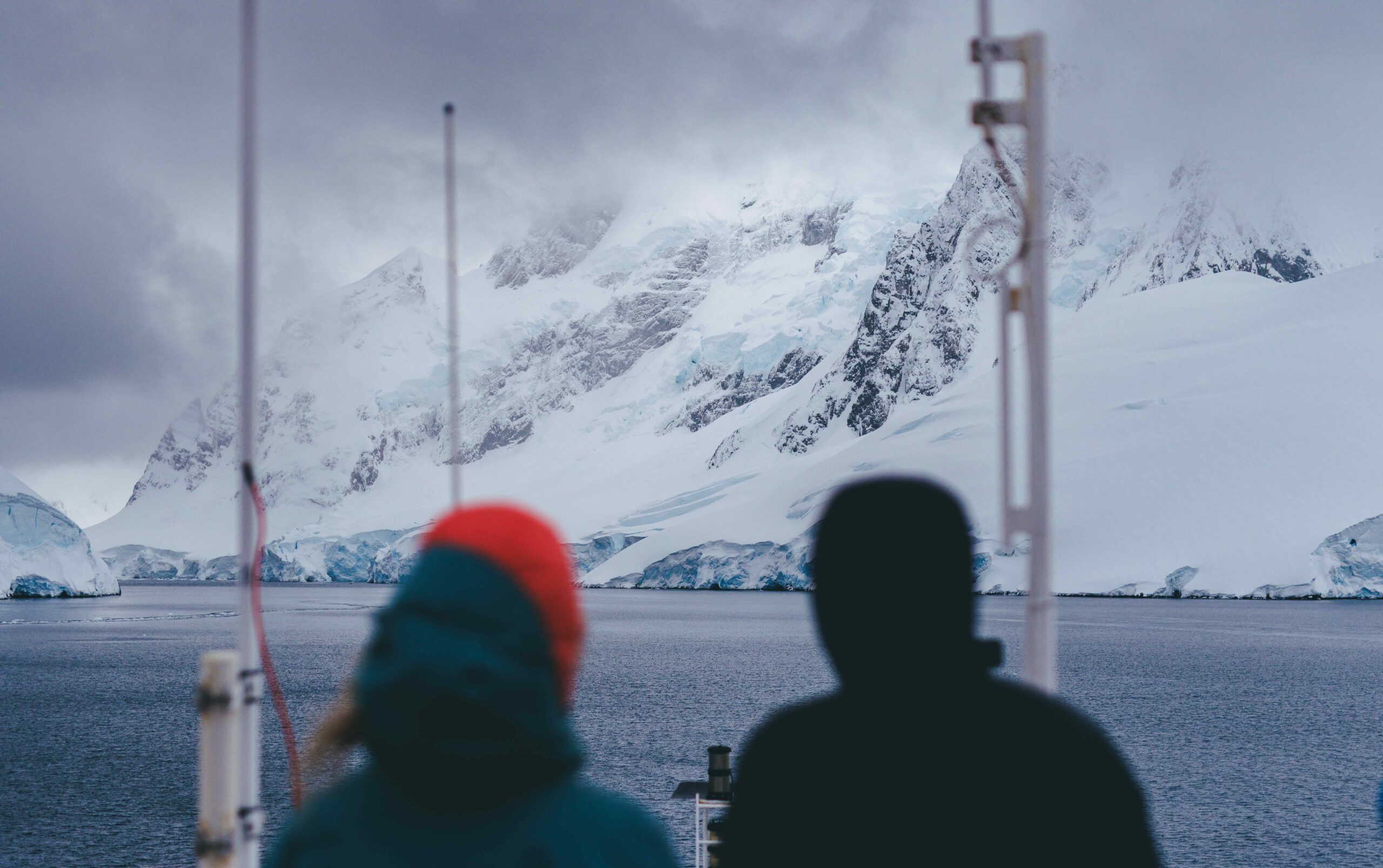
A few weeks ago, I found myself on an adventure that felt like an out-of-body experience. I would glance around, take a deep breath, and ask myself, is this real?
The Travel
First, there’s getting there. For me, it involved three flights; a few taxi rides with ski bags strapped to the roof of tiny cars; and of course, the infamous Drake Passage — the crossing of the strongest ocean current in the world, spanning 1,000 km, and is regarded as one of the most treacherous voyages a ship can make.
Thankfully in the year 2022, we have lots of technology on our side that makes navigating the Drake Passage far more manageable. We also lucked out with relatively easy weather in both directions (3–6 meter seas).
Even with our good fortune, those 48 hours crossing the Drake were 48 hours of wobbly waddling around the ship, seeing countless wine glasses get tossed off tables, and feeling woozy for the better part of two days. And those experiences were just a few of the times throughout the trip when I found myself admiring all the early explorers who made the journey with far less security on their side
In particular, I thought of Ernest Shackleton and his 1914 Endurance Expedition.
After facing a harrowing nine months stuck on the ice after their ship could no longer move through the growing ice floes, Shackleton took a 21-foot, retrofitted lifeboat, five of his men, and launched a desperate attempt to save his crew that had been stranded on Elephant Island. He narrowly escaped a hurricane, and with two men, he made the first inland traverse of the glaciated mountains of South Georiga to reach a whaling station to find help. This is a feat that Reinhold Messner, Conrad Anker, and Stephen Venables attempted in 2000 — with far superior equipment and lifetimes of mountaineering under their belt — and still found difficult. (You can read more about their thoughts on Shackleton’s journey, here.)
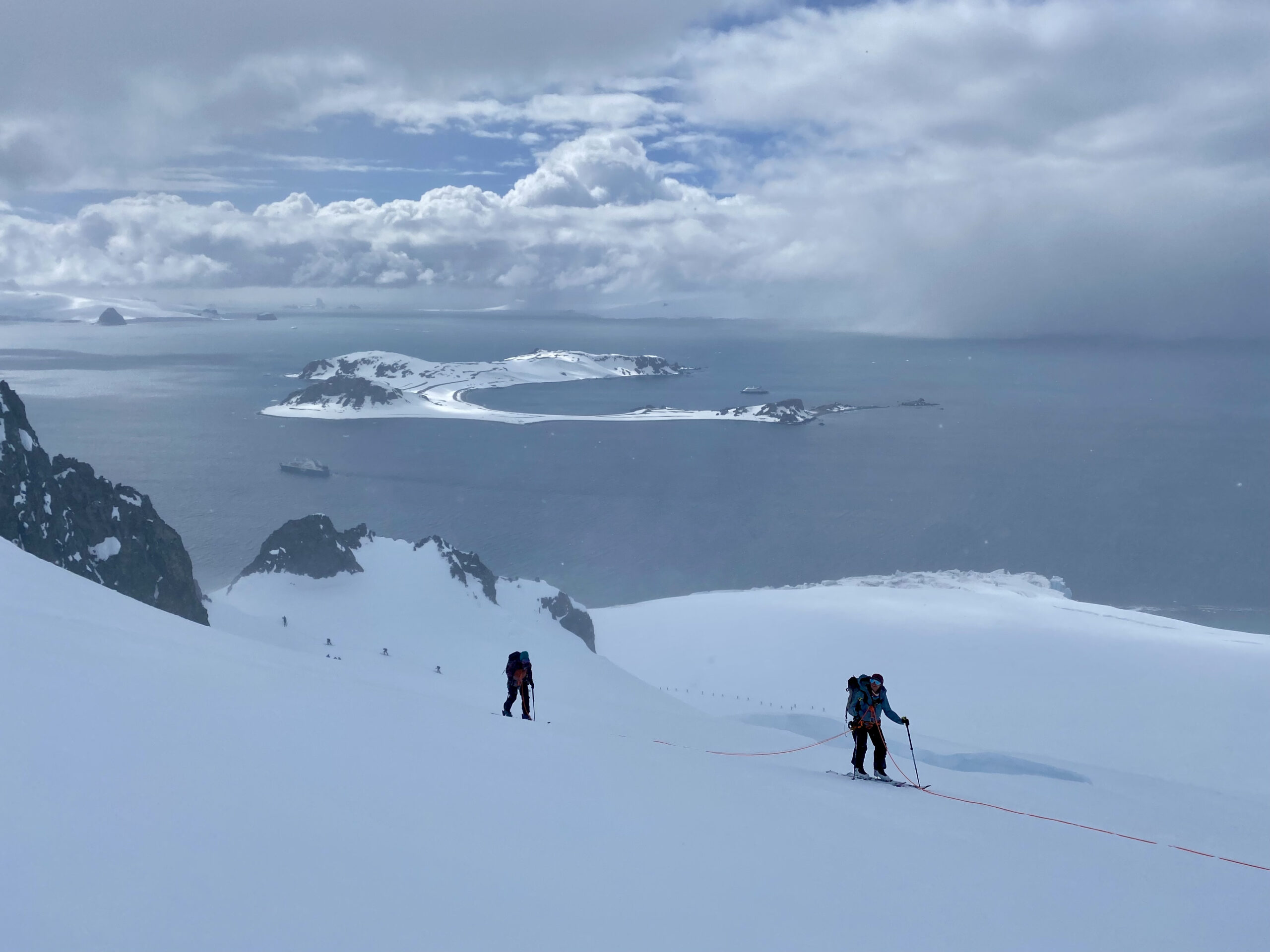
A Brief History of Skiing in Antarctica
It’s astonishing to now think that, just a little over 100 years later, people are seeking out ski missions in a place like Antarctica; trips designed to induce more pleasure than suffering.
I happened to be in Antarctica for the 63rd anniversary of the Antarctica Treaty, originally signed on December 1st, 1959. It was initially a formal agreement among twelve nations designed to protect Antarctica for scientific research (since, you know, it’s the earth’s only uninhabited continent) and to make that scientific research freely available.
Fast forward to 1991, when the International Association of Antarctic Tour Operators (IAATO) was formed to be the organization responsible for managing safe and sustainable private-sector tourism in one of the most protected regions on earth, thus making skiing in Antarctica possible.
And thanks to ski and mountaineering visionaries like Doug Stoup (Ice Axe Expeditions founder and lead guide, and also the current world record holder for the most South Pole expeditions); Andrew McLean (guide and author of The Chuting Gallery); and several other international guides, skiing in Antarctica has happened over the last 15 years — though it is still quite rare.
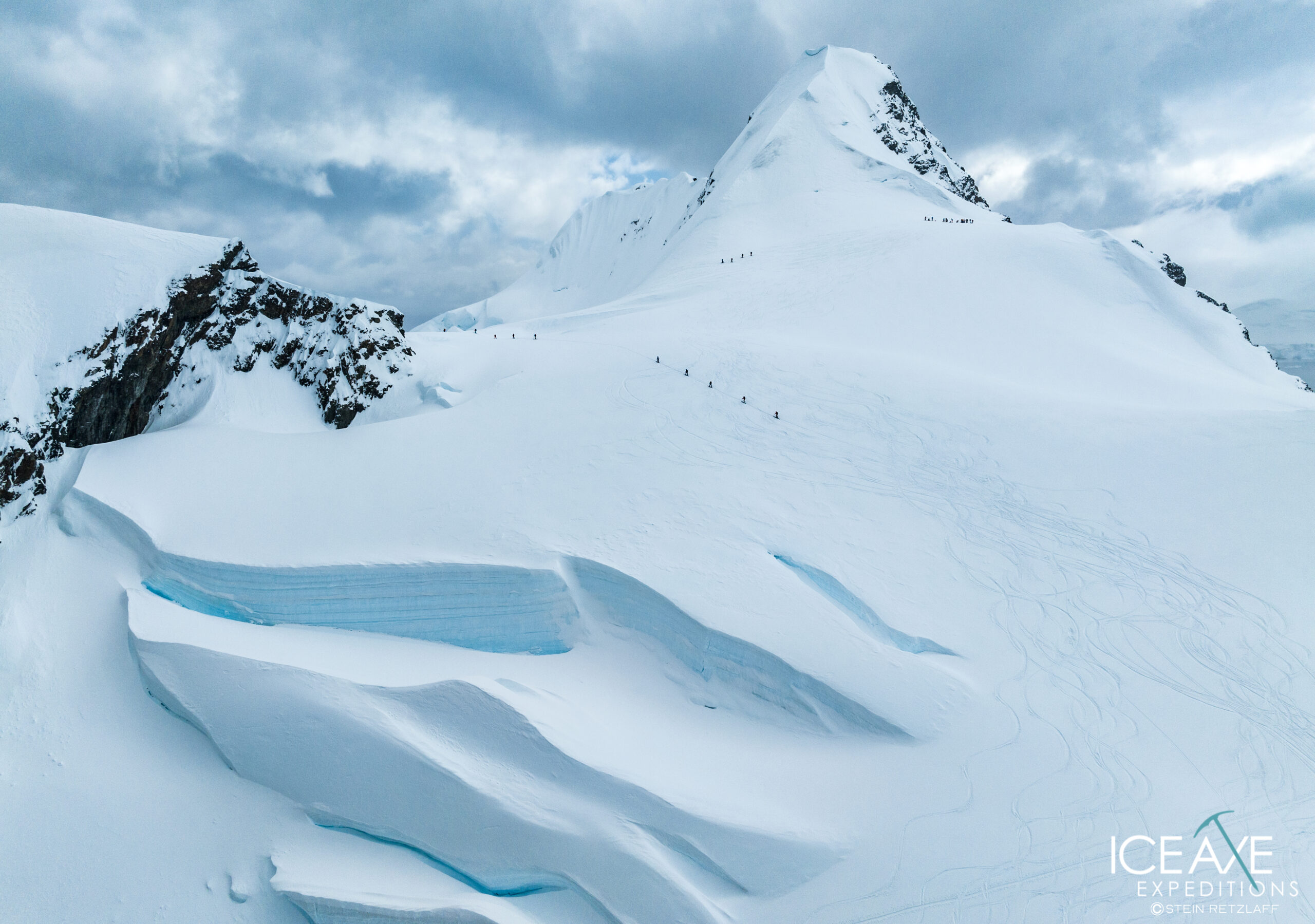
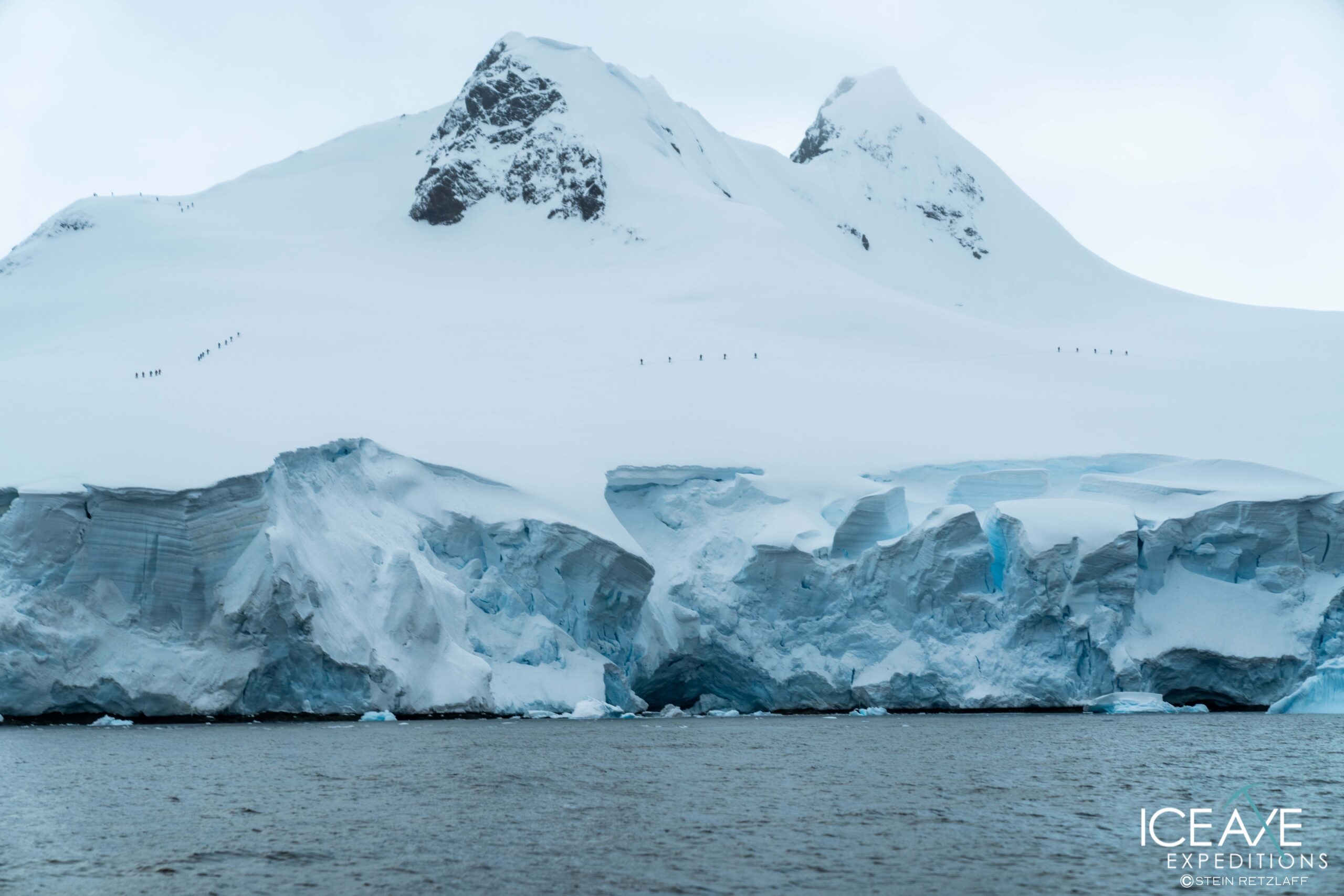
My Experience Skiing the White Continent
We spent five days skiing islands surrounding the northwest quadrant of the continent, including Deception Island, Ronge Island, Paradise Bay on mainland Antarctica, Nansen Island, Enterprise Island, and Livingston Island. Each offered a different combination of snow conditions, wildlife, and challenges, and all were equally magnificent.
Skiing in one of the most remote places in the world provided a reminder of just how reliant humans are on every ecosystem on earth … and the ever-unfolding reality of climate change.
It would be natural to point out how clearly hypocritical it is to bring up climate change as I’m describing how I spiked my carbon footprint for the year via this fossil-fuel-dependent expedition. And you’d be right.
But this raises once again the challenge of relating to a place, and how experiencing a place can generate a newfound passion, understanding, and dedication that inspires a new commitment to advocate for and protect it.
Furthermore, being a skier in Antarctica adds a degree of complexity and scale to this landscape. It teaches just how enormous these ice formations really are, and how small and insignificant we are.
To leave even the faintest mark – our ski tracks in the snow – etching our line down these beautiful, captivating peaks and glaciers soaring from the sea, proved to be a real honor, and also an awakening. Delicately, we trace the landscape with our skis and skins, roped up for safety, navigating seracs and crevasses, some vast and exposed, and others, deceivingly covert.
Antarctica is the windiest, highest, and driest continent on earth. It is indeed a place that is inhospitable, and surviving there can (and often will) involve a relentless fight. I got a brief taste of this when a storm suddenly threatened to swallow our rope team, withholding any visibility beyond two meters, and throwing chunks of ice up at our faces via pounding winds.
Antarctica is a humbling place, capable of challenging comforts, margins of error, and ego.
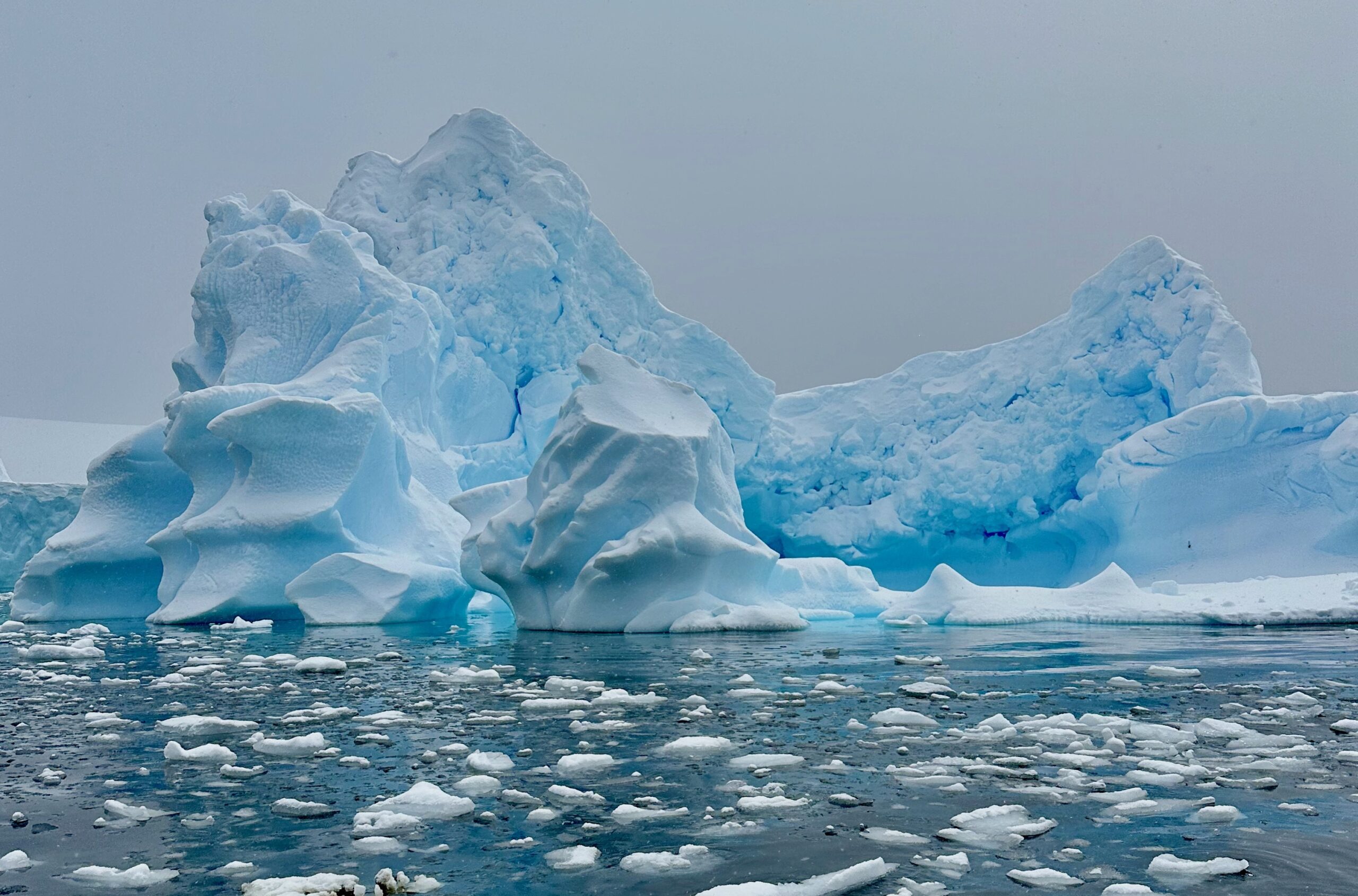
(More) Lessons from Antarctica
It’s easy to imagine Antarctica as a lifeless, cold desert at the end of the world. But being there, I was able to see firsthand the abundance of life there, which further ignited my passion to advocate for it.
And another thing: ice. Throughout my time in Antarctica, I was enchanted by the ice. Everything we need to know about the history of the natural world … the ice is there to tell the story. It tells us about the dry and snowy years, the trends, and the anomalies.
Not only is ice a marvel to look at — elegant sculptures of every shape, melting away and changing daily, built from soothing, crystalline blues of every shade — it is also an omniscient being, keeping track of time, holding a record of our anthropocentric actions.
It is shifting, reshaping, melting, and refreezing, adapting its form to match the conditions.
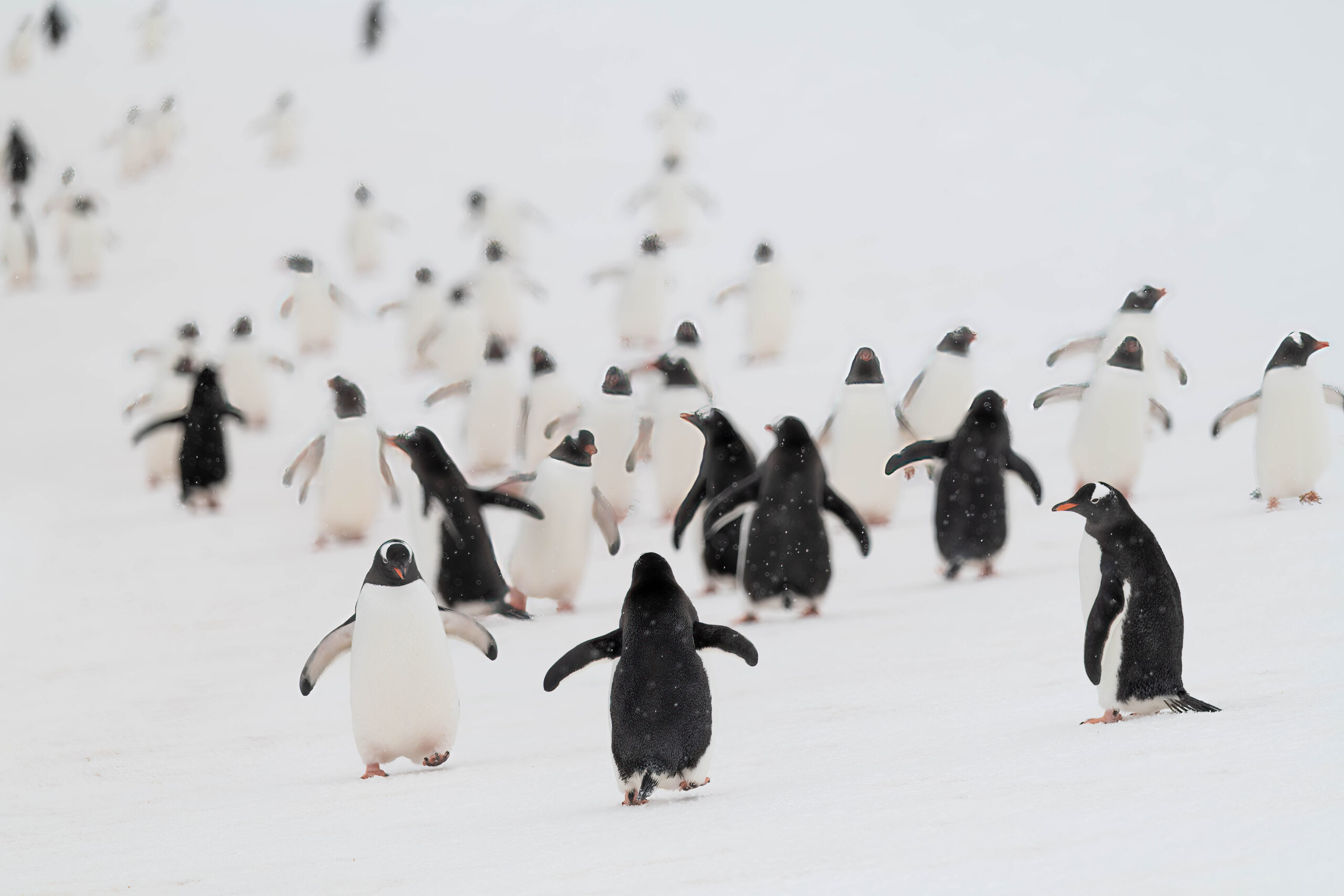
Finally, the animals. Learning from some of the most resilient creatures on earth, the penguins, seals, whales, sea birds, and krill opened my eyes to the importance of ice and glaciers, not just from the threat of rising sea levels, but providing a deeper understanding of these ecosystems and how we rely on them.
Watching a leopard seal, exhausted from its 12-hour dive in search of food, rest atop a small iceberg, occasionally looking at us with an unthreatened curiosity, makes the relationship between ourselves and everything else that much more apparent.
Through evolutionary feats, penguins can dive up to 450 meters, and spend up to 75% of their life in water.
Seals and whales have developed layers of blubber so thick, the cold water is impenetrable.
These animals have evolved to thrive in a place where very few creatures could, all models of resilience.
But they also rely on us now to make the appropriate shifts toward a healthier future. Being here was a reminder that we are responsible for cultivating the conditions for all life to thrive, or at the very least, to not hinder it.
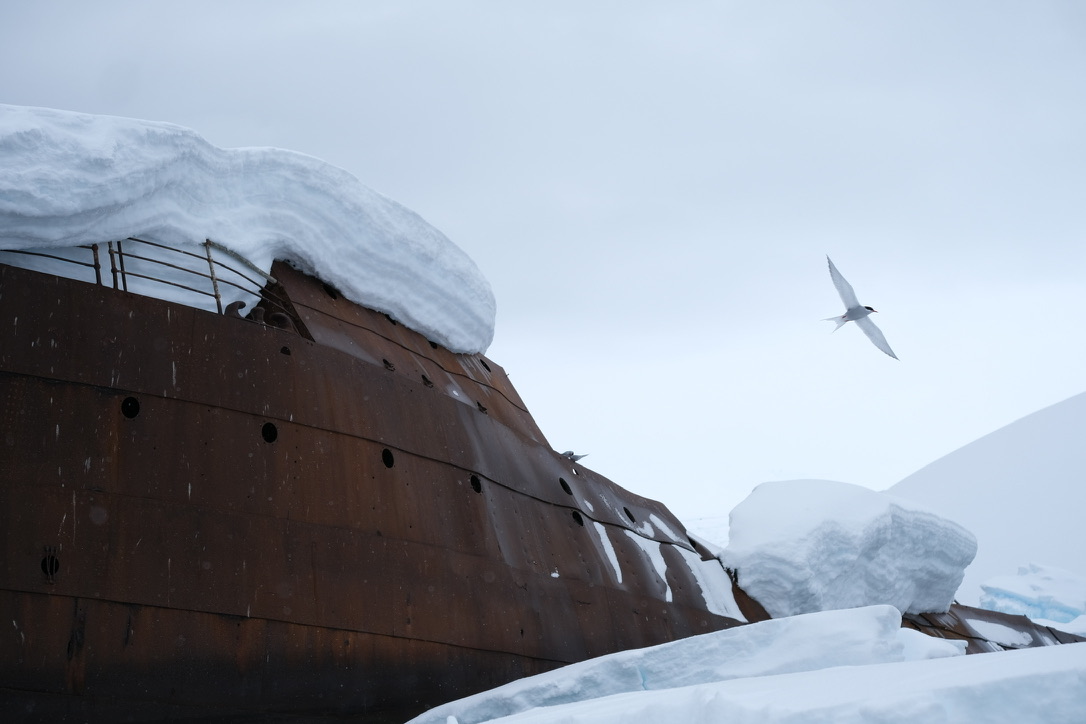
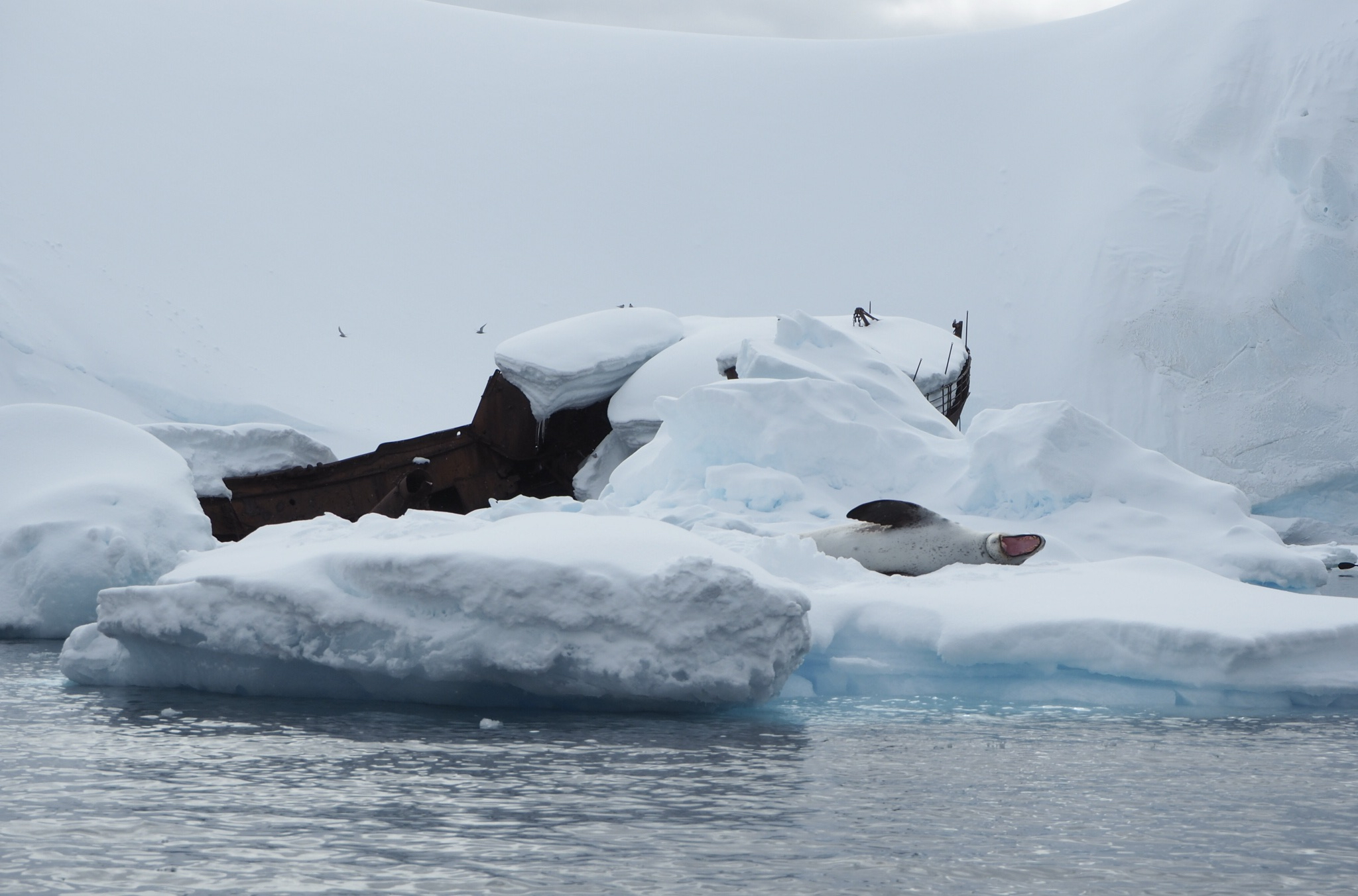
What I witnessed on this trip has undoubtedly changed me, by way of reminding me of how finite and small I am, while at the same time, I’m still a piece of this intricate, infinite whole.
This is one of the reasons that skiers and snowboarders find ourselves seeking out challenging conditions. Whether it is sucking for air at the top of a windy peak, being nearly brought to our knees by the beauty (and sometimes harshness) of the places we travel in, immersed in the present moment, and finding ways to thrive and adapt to the mountains.
It’s why we crave Type-2 fun. And why we sometimes push ourselves to become unrecognizable-but-better versions of ourselves.
It’s why we seek out beauty, connection, and a deep feeling of relating to all things, of being truly present for our short time on this living planet.
About Kara Williard.
Kara is a skier, biker, regenerative farmer, chicken mom, senior editor and reviewer at Blister, among other things.


Such a well written essay. Beautiful.
Would it not be better for Antartica to ban all tourism in general and skiing in particular (since it causes more bad than good)?
Gorgeous expressive writing. What a privilege to have this opportunity to explore and be affected by this place. Bravo!!
Thanks for the recap, Kara. I’m planning this trip in 2023, so I look forward to picking your brain at the Blister Summit.